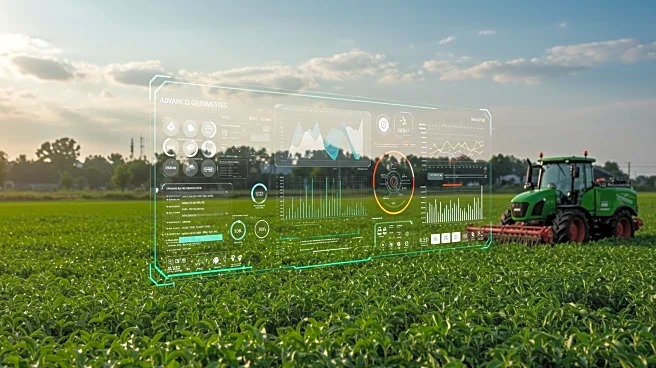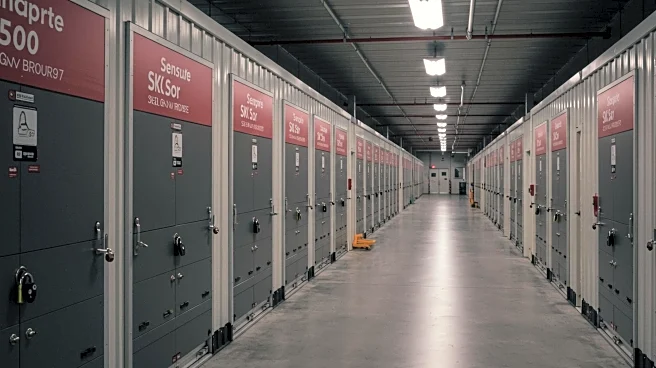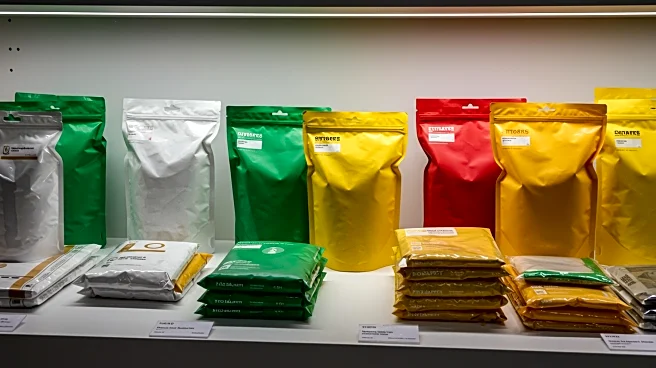Rapid Read • 7 min read
The self-heating food packaging market is experiencing significant growth, driven by increasing urbanization, busy lifestyles, and a growing consumer preference for ready-to-eat meals. This innovative packaging technology allows consumers to enjoy hot meals without external heating sources, using chemical reactions to generate heat within the packaging. The market is projected to expand from $70.5 billion in 2024 to $103 billion by 2031, with a compound annual growth rate (CAGR) of 5.4%. North America currently leads the market due to high consumer acceptance and demand for military and outdoor food solutions, while Asia Pacific is emerging as a strong growth hub.
AD
The growth of the self-heating food packaging market reflects broader trends in consumer behavior, particularly the demand for convenience and sustainability. As urban populations increase and lifestyles become busier, the need for quick, easy meal solutions is rising. This market expansion presents opportunities for manufacturers to innovate with eco-friendly materials and technologies, potentially reducing environmental impact. Additionally, the strong demand from military and outdoor sectors highlights the importance of reliable, portable food solutions in challenging environments.
The market is expected to continue evolving with advancements in packaging materials and heating technologies. Manufacturers are likely to focus on integrating eco-friendly components and recyclable materials to meet consumer demand for sustainable products. As the market grows, companies may explore new applications beyond meals, such as beverages and functional foods, to expand their reach. The increasing adoption in emerging economies suggests potential for further market penetration and innovation.
The self-heating food packaging market's growth could lead to shifts in consumer expectations regarding meal convenience and sustainability. As more companies invest in this technology, there may be increased pressure on traditional food packaging methods to adapt and compete. The focus on eco-friendly solutions aligns with global sustainability goals, potentially influencing regulatory standards and industry practices.
AD
More Stories You Might Enjoy











